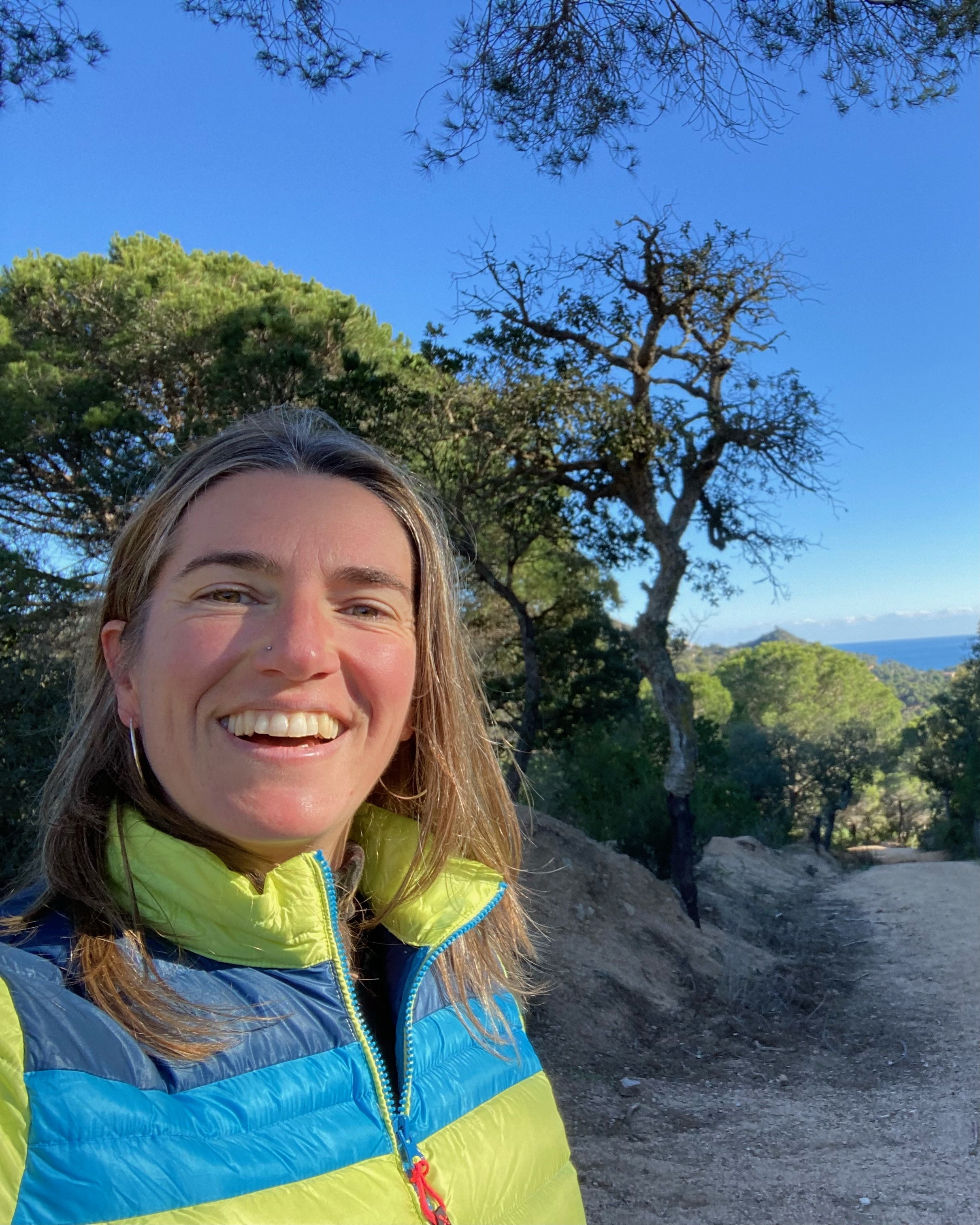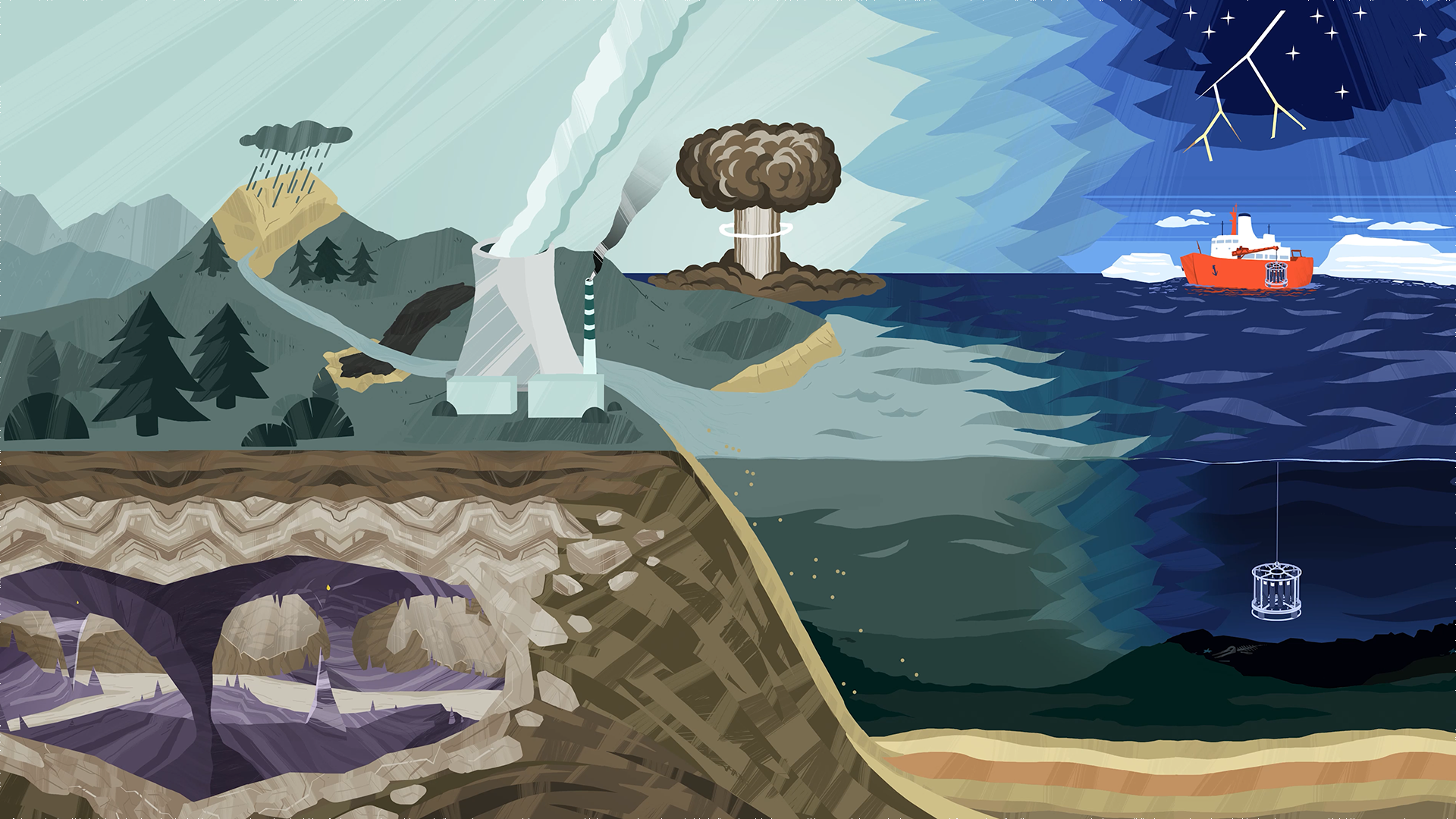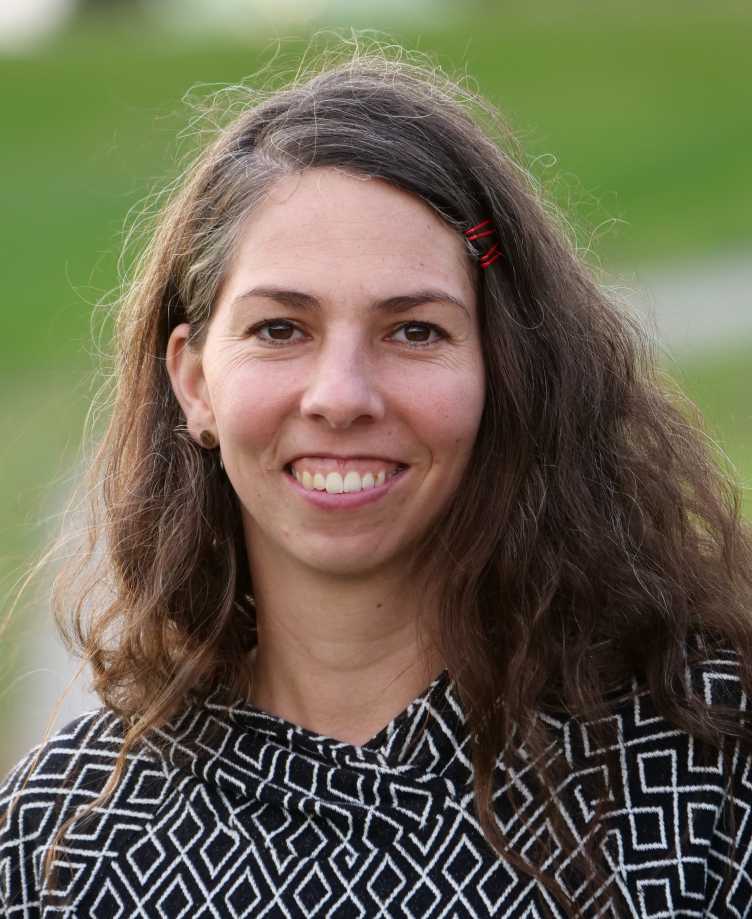
Núria Casacuberta
Núria Casacuberta is currently an Assistant Professor of Physical and Tracer Oceanography at the Environmental Systems Science Department (ETHZ). Her expertise is on the use of natural and artificial radionuclides as tracers to understand physical processes in the ocean. Her main research questions are related to how are the ocean currents are being transported, how fast are the circulation timescales of waters and how much waters are mixing as they are transported along the flow field. This is ultimately important to understand the role of oceans in transporting and storing other substances such as anthropogenic carbon. Her group (TITANICA) is mostly working in the Arctic and Subpolar North Atlantic, but also in the coast off Fukushima (related to the releases of artificial radionuclides after the nuclear accident in 2021).


